Winter garlic is one of the most popular varieties not only in Russia. It has 19 varieties; this popular love is explained by its excellent taste characteristics and large size of the cloves. Winter garlic is planted before the onset of frost, and it is especially important to properly care for it after the arrival of warm weather. But not all summer residents know about this and often make mistakes that lead to a deterioration in the harvest.
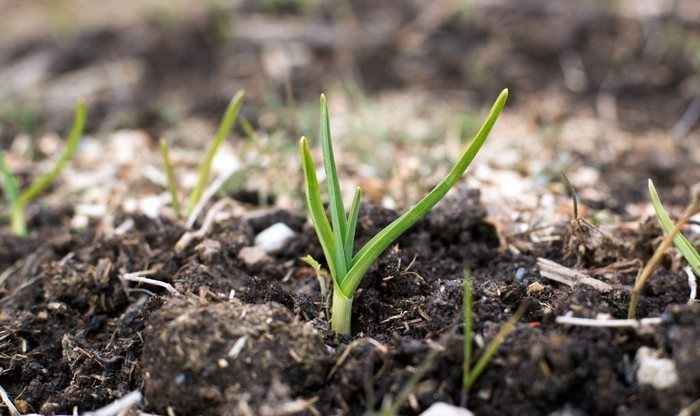
Rare watering
Winter crops tolerate cold well, so they begin to germinate with the arrival of the first warmth. If the bed was protected from frost with mulch for the winter, then the shelter is removed with the arrival of spring.
Garlic can tolerate a lack of moisture, but the harvest will be poor and the cloves will be small and dry. With the arrival of spring, it is important to provide the plant with enough water. This will help the head form correctly. In hot, dry weather, garlic should be watered once every 5-6 days.
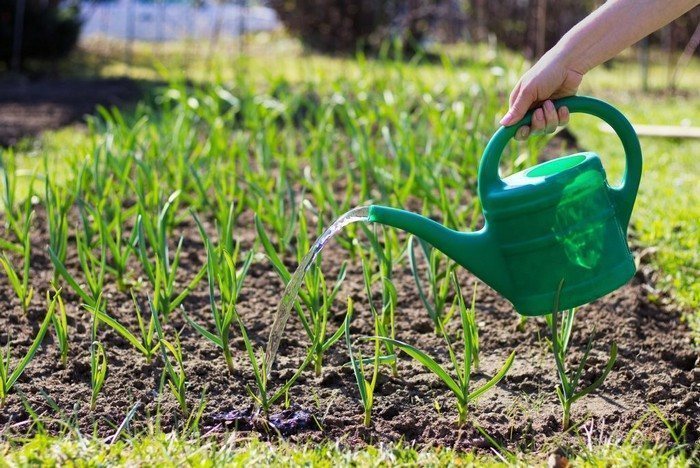
Lack of fertilizing
In the spring, winter garlic enters a stage of active growth; during this period it is especially important to apply fertilizers. The first feeding is done 7 days after the snow melts, and the second feeding is done 2 weeks later. Nitrogen-based complexes can be used as spring fertilizer for garlic. Urea, which contains a high content of this element, is well suited for these purposes.Ammonium nitrate can also act as a spring fertilizer. Fertilizer is applied in the spring, every 3 weeks.
In addition to nitrogen, winter garlic will benefit from phosphorus. If enough of this element is supplied, the bulbs will turn out large and juicy. Superphosphate can be used as a top dressing.
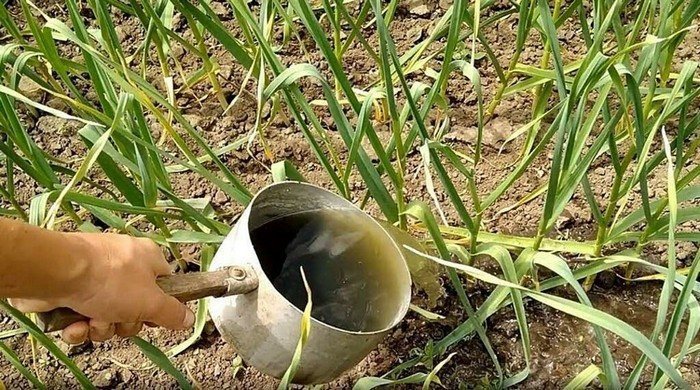
For those who do not want to use chemicals on their site, there is an affordable folk remedy - wood ash. Add 200 g of ash to a five-liter bucket of clean water and mix thoroughly. Let the resulting solution steep for 4–5 hours. After the allotted time, water the garlic. The roots of this crop lie quite deep, so before applying fertilizer, make a furrow next to the plant using a hoe. At the end of the procedure, the hole is filled in with earth.
Late treatment against pests and diseases
If at the beginning of summer the garlic feathers began to wither and turn yellow, it means that the summer resident forgot to carry out the spring treatment of the crop against harmful microorganisms and insects. If this is not done, you can lose the entire harvest.
It is not necessary to use fungicides for treatment; you can use folk remedies. Starting from the end of April, a saline solution is prepared to protect the crop from nematodes. Add 300 g of salt to a bucket of clean water and let it brew. This liquid is poured over the garlic at the root. In the fight against onion fly, salt is used for spraying, treating the above-ground parts of the plant with a spray bottle. Spraying should be done in the evening, after sunset.

Treatment with a saline solution not only fights parasites and diseases, it helps garlic better absorb nitrogen.After the first watering, the saline solution is added 3 more times every 10 days.
Rare loosening of the soil
As soon as the snow cover melts and the first shoots appear, it is important to provide oxygen access to the garlic root system and retain moisture. To do this, loosening is carried out between the rows and bushes of the crop. You can tell when it’s time to pick up a hoe by the color of the soil. Once it turns gray, it's time to loosen the soil. If you do not loosen the soil for a long time, it becomes covered with a crust, then cracks appear on it, through which moisture actively evaporates.
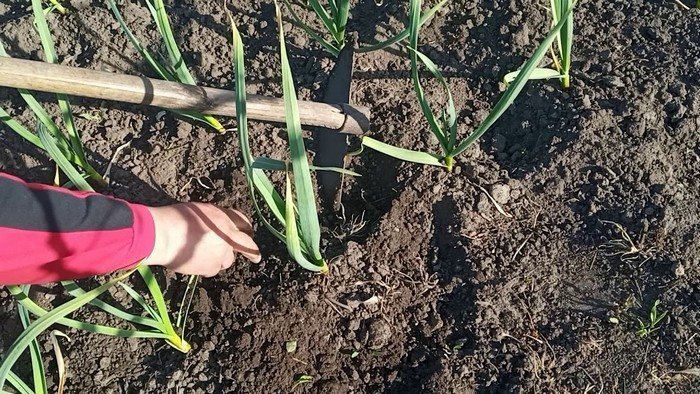
If you follow simple agricultural practices, winter garlic will definitely give a rich harvest. Particular attention should be paid to holding events in the spring. At this time, garlic is recovering from hibernation, so it requires additional care.


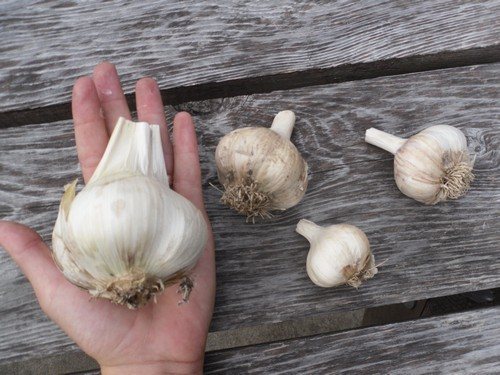
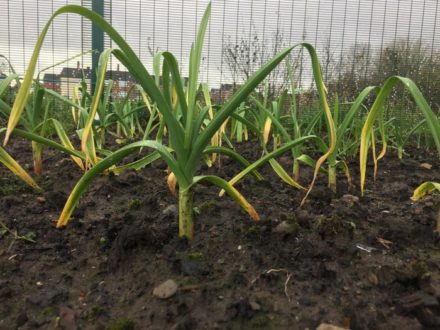
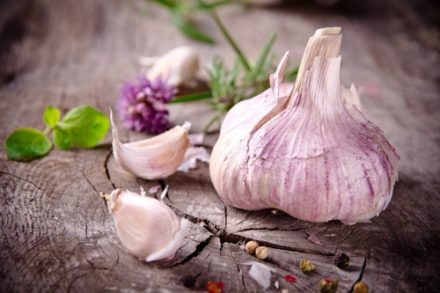
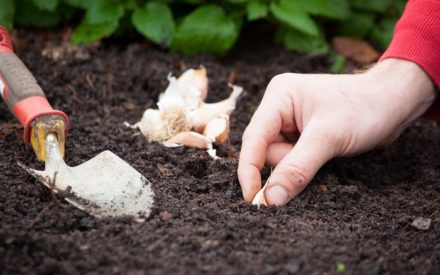
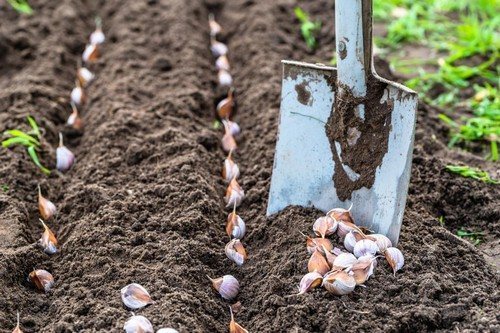

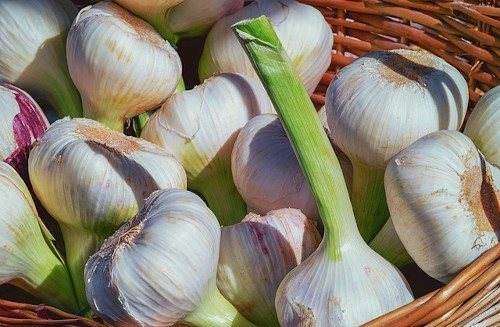
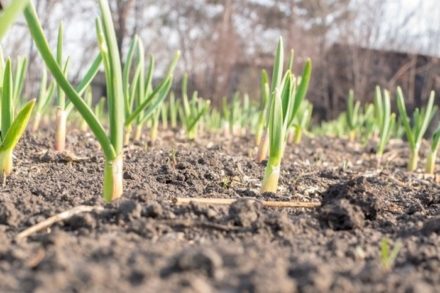
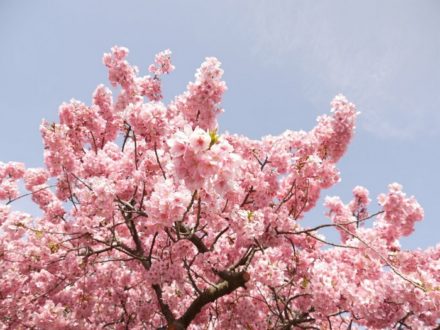

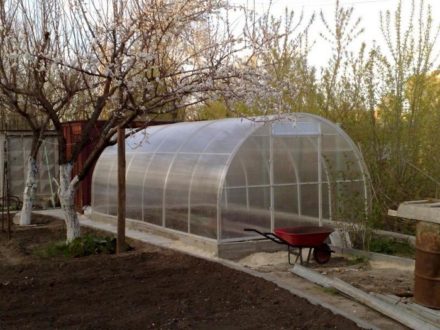
300 gr.adding salt to a bucket of water is either stupidity or a typo. You can preserve vegetables with this brine. And what area should this brine be applied to?
I'm bringing in
3 tbsp salt in a bucket of water and pour it over onion flies